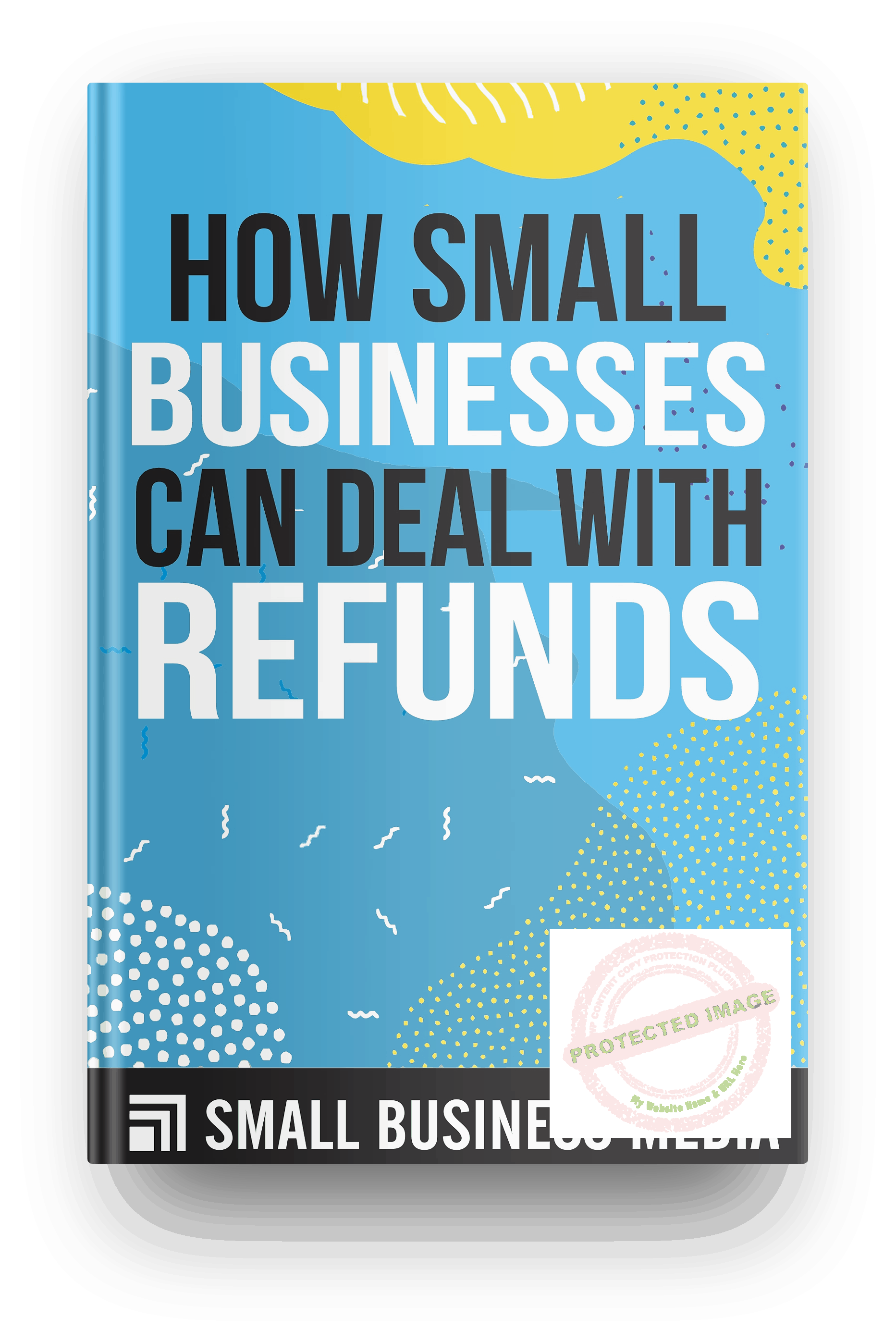As a small business owner do you find it difficult to deal with refunds? Knowing how to handle refunds in your small business is an essential part of running a successful business. Hence, we have put together this informative piece to tell you all you need to know about handling refunds in your small business.
Customers tend to ask for a refund when they are unsatisfied with your product or services.
Hence, you need to handle this with uttermost caution.
Refunds not handled in the right way leads to a loss in business.
This loss could be you losing your client or you losing money.
Consequently, strive to have a good refund policy.
This would save you a whole lot of issues that might occur during the refund process.
How Small Businesses Can Deal With Refunds

Small businesses can deal with refunds by having an easy-to-understand refund policy.
This helps your customers know what to expect when they have to request an exchange or refund.
Additionally, it sends the message that you are prioritizing customer satisfaction over your own profits.
In addition, having a clear customer returns policy helps build trust in your business.
This is true particularly in these days when more and more people do their shopping online.
In online shopping, they cannot physically see and handle the product they are buying.
Hence, they are more likely to deal with you if they know they can get a refund.
Additionally, they’ll patronize you if they know they can have the product exchanged if they are not satisfied.
A written returns policy also provides guidance on customer returns to employees.
This is an important tip to keep in mind when dealing with refunds in your small business.
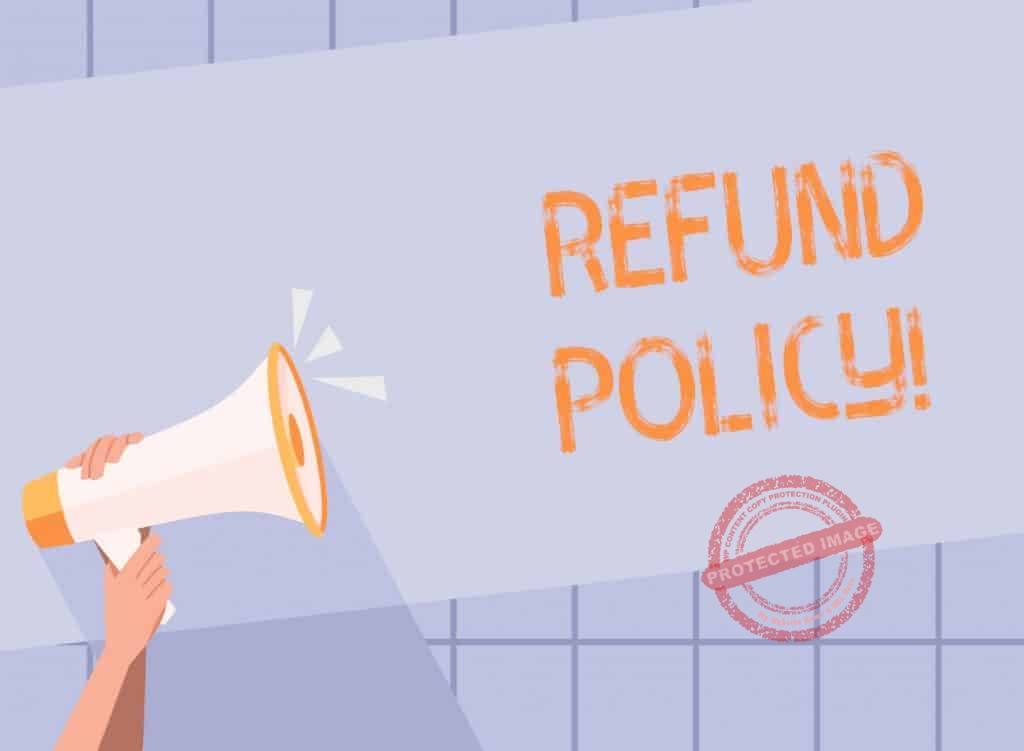
Otherwise, every request for exchange or refund would have to be dealt with on a case-to-case basis.
This could be very exhausting for both customers and staff.
But if there is a return policy, it would be easier for employees to make decisions concerning refunds.
In addition, having a clear policy for how to deal with returns in your small business can protect you against returns fraud.
This type of fraud occurs when a customer abuses the store’s return policy to make money or acquire merchandise illegitimately.
A common example of returns fraud encountered by online stores is “free renting” or “wardrobing”.
The fraudster buys clothing and wears it for a special occasion or for a certain period.
Afterward, they return it to get a refund.
Return fraud costs retailers millions of dollars in losses.
According to the National Retail Foundation, in 2018 return fraud resulted in losses of around $18.4 billion.
The most common type of return fraud was returning shoplifted merchandise.
Also, fraud committed by employees directly or in collusion with outsiders, and returns of merchandise bought with stolen money or credit cards.
The growing incidence of return fraud has led many business owners in general to tighten their returns policies.
But this puts small businesses in a dilemma.
This is all due to the fact that customers want an easy and free returns policy.
Due to this, they’ll often shop elsewhere if it is too difficult for them to return products.
How to Create a Refund Policy
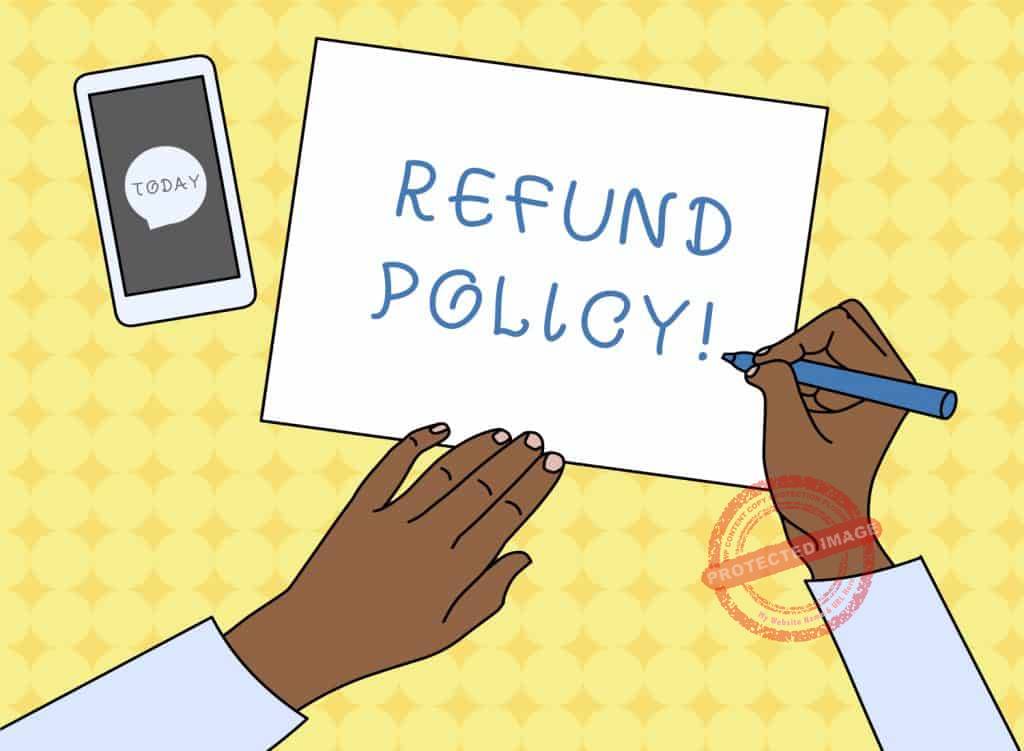
The first step to dealing with refunds in your small business is to create a refund policy.
A return or refund policy outlines what a customer should expect if they want to exchange a product or a refund.
Hence, you should decide in advance how to handle returns and refunds before you start accepting orders.
These decisions should be reflected in your returns policy.
This is to avoid confusing and frustrating your buyers and your staff.
It is suggested that there are five reasons a customer would want to ask for a refund or an exchange.
These reasons are;
- They bought the wrong product.
- The product is damaged or defective.
- The product did not meet the buyer’s expectations.
- They no longer want it.
- It was a gift and they want to exchange it for another product.
You don’t have to include all of these reasons as justification for an exchange or refund.
But you should clearly state any exceptions you may have.
Here are some other aspects of your return policy that you should consider.
Receipts
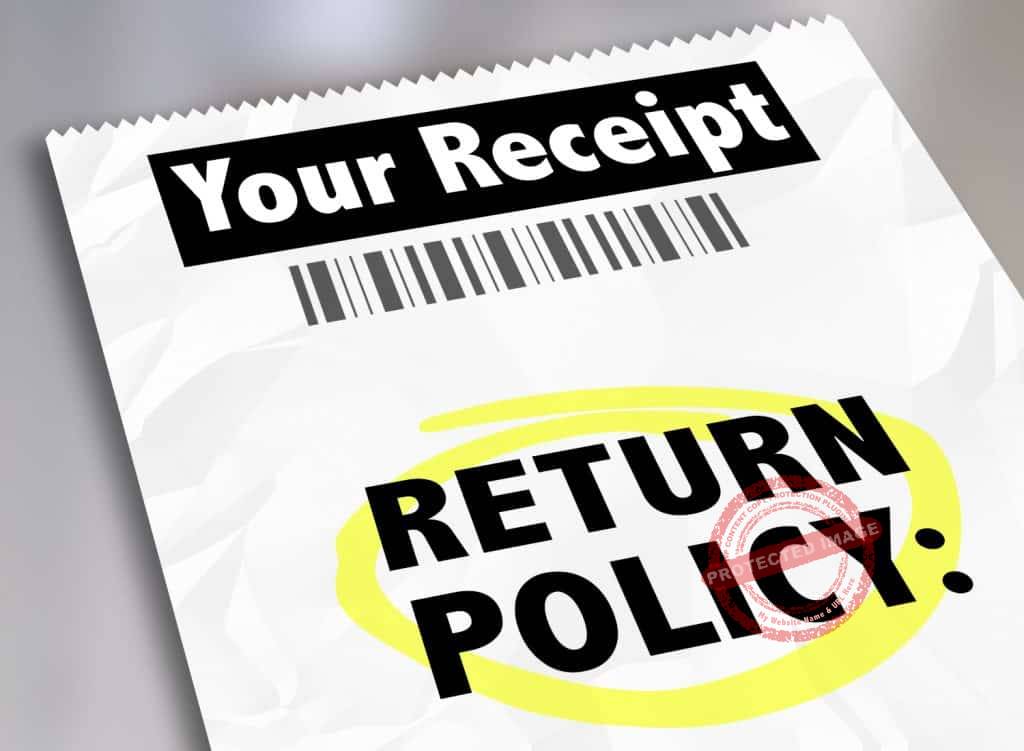
Receipts are very helpful in helping small businesses deal with refunds.
A receipt serves as a ‘proof of purchase’ that certain merchandise was indeed bought from your store.
It should be a standard policy for you to provide receipts with every purchase made from your store.
It also lists information such as products bought and their prices, as well as your business information.
Although there are some stores that allow non-receipted returns.
Nevertheless, it is always a good policy to only allow refunds or exchanges with a receipt.
If you choose to grant returns without a receipt, you can protect yourself by giving store credit rather than a cash refund.
Identification
When dealing with customers’ refunds in your small business, you are likely to experience refund frauds.
To help protect against fraud, you can request that the customer provide an ID.
This policy can be implemented in several ways.
That is, you can ask for ID if the customer does not have a receipt.
On the other hand, you can also ask all customers who request a return to provide an ID.
Requesting an ID can help you identify customers who are abusing your policy by making frequent returns.
It can also help prevent theft by verifying that the customer is who they say they are.
Refund tender

Another effective way a small business can deal with refunds is to create a refund tender policy.
You have to decide in what form you will provide a refund.
These can include:
- Providing store credit in the amount of the refund.
- Providing a cash refund.
- Reversing charges on the credit or debit card used to make the purchase.
- Exchanging the product for a new one or a different but equivalent item.
Time Period

You need to decide for how long you will accept an item for exchange or refund.
Setting a limit on the length of time before you no longer honor refunds protects you against abuse.
It also ensures that you are not burdened with an obsolete product that you can no longer resell.
You can set one policy for all products you sell or make different policies depending on the type of product.
For instance, if you sell perishable items, you can set the period for return at seven days.
On the other hand, for durable goods such as appliances, you can set the return period for thirty days or more.
You may also choose to extend the returns period on these items.
This would be a good option if the customer is willing to pay an additional cost.
Restrictions
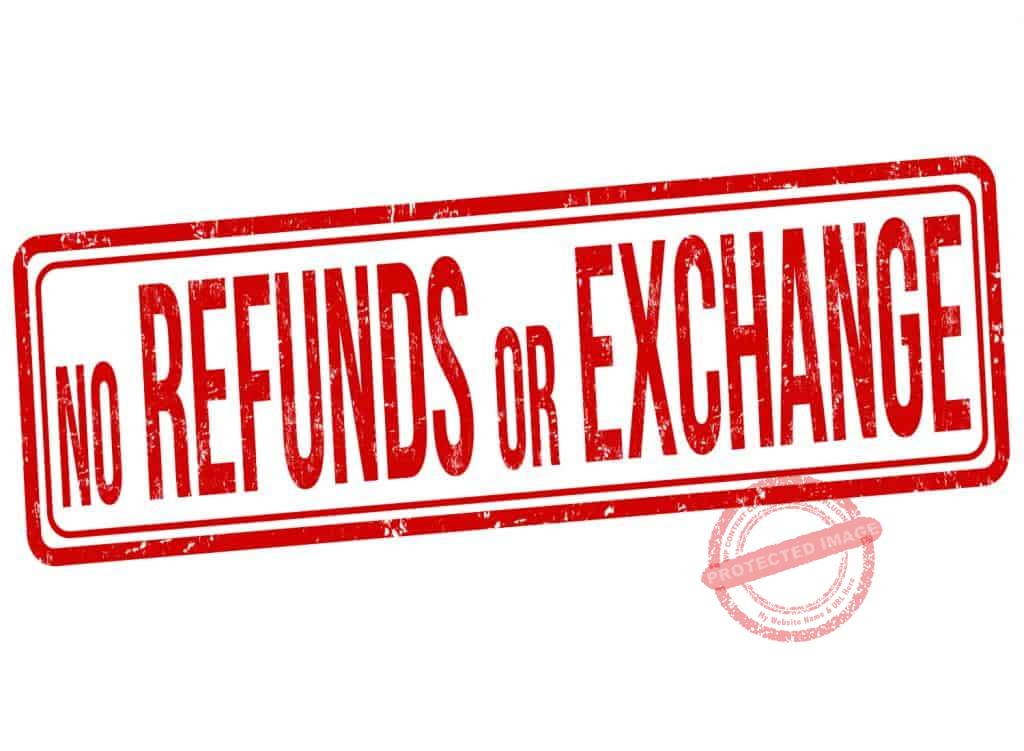
Setting restrictions is always a smart decision to make when dealing with refunds in your small business.
There are certain items for which you can set a ‘no return, no exchange’ policy.
For instance, you might not honor exchanges or refunds if you are selling the last few items of a product that has been discontinued.
Restrictions can also be set on refunds if you are selling merchandise at a heavily discounted price.
Products that you specifically ordered for a customer might also be sold on a non-refundable basis.
Of course, you can make an exception if it can be resold.
If you set restrictions, however, you should clearly state this in your policy.
This is so that the customer will understand that they cannot return the product if they are not satisfied with it.
Another issue that an online retailer would have to contend with is the cost of shipping back returns.
Will you offer free shipping or will you deduct the cost of shipping from the amount of the refund?
Whatever you choose, you should make sure that you clearly state this in your policy.
This way, if you choose not to pay for shipping, the customer will at least know in advance.
Additionally, you should also be familiar with the consumer protection laws in your country and state.
Keep these laws in mind when you are creating your returns policy,
This is to ensure that you are not in violation of any of these laws or guidelines.
Otherwise, you may face fines and penalties from the relevant government agencies.
Putting Your Small Business Return Policy Into Writing
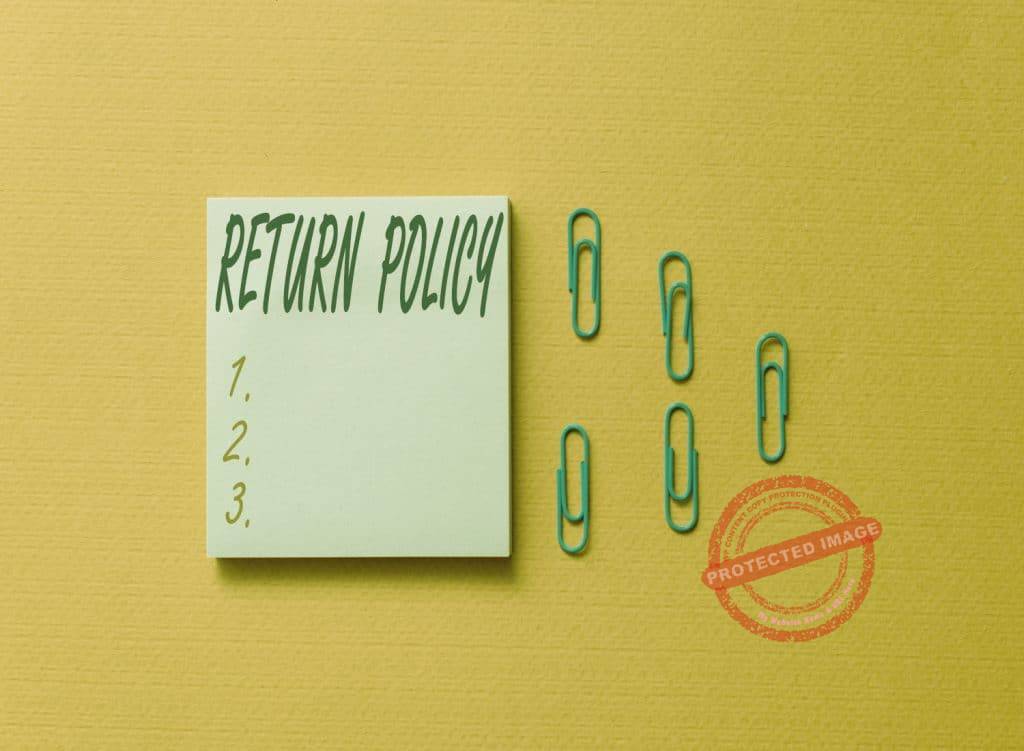
Now that you know what is in your customer returns policy, you have to write it down.
The clearer it is, the fewer problems you will encounter later on when you are managing refunds and replacement requests from customers.
Although there are templates available for writing these policies online, you should never copy them verbatim.
The reason is that you want a specific returns policy that reflects what your customers want as well as your own particular requirements.
Here are some guidelines to help you create your policy;
Keep It Simple And Understandable
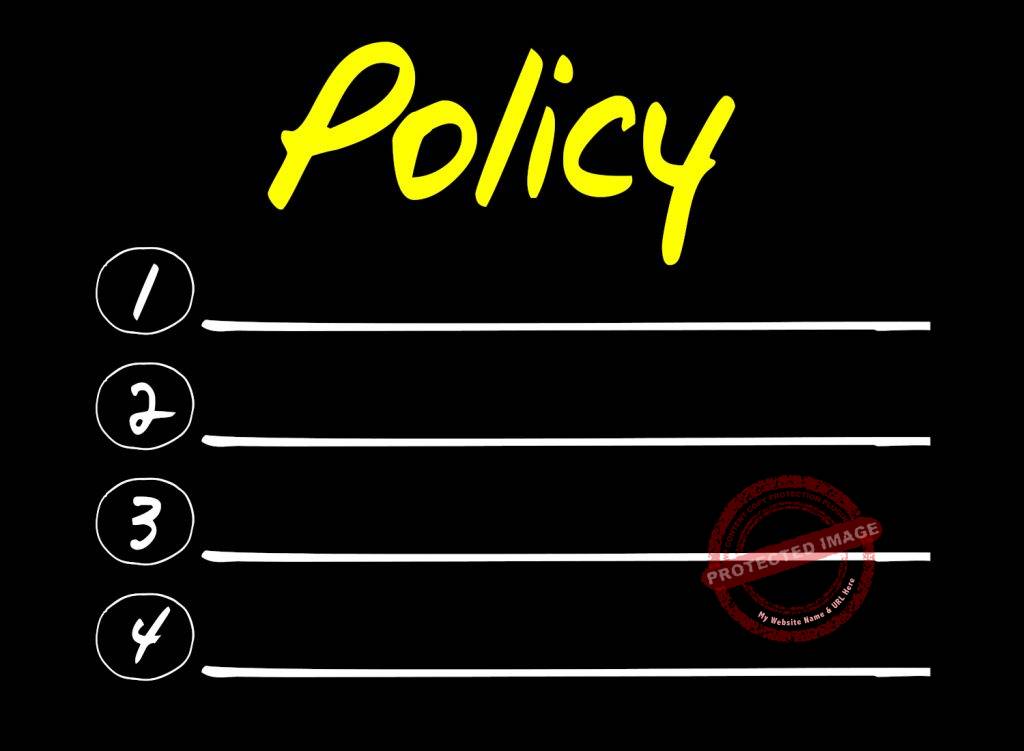
The policy should be written in everyday language that most people would understand.
One pitfall that you should not fall into is being ambiguous about your returns terms.
Your policies should be expressed clearly and in such a way that they are not prone to misinterpretation.
State what you mean and don’t be worried about turning off customers.
Say in what condition the product should be in.
One way to help avoid return abuse is by clearly stating that you will only accept returns if the product is in good condition.
Obviously, the exception is if the product came out of the box damaged.
However, if the customer tries to return a product that has obviously been broken during use, you can refuse to accept the return.
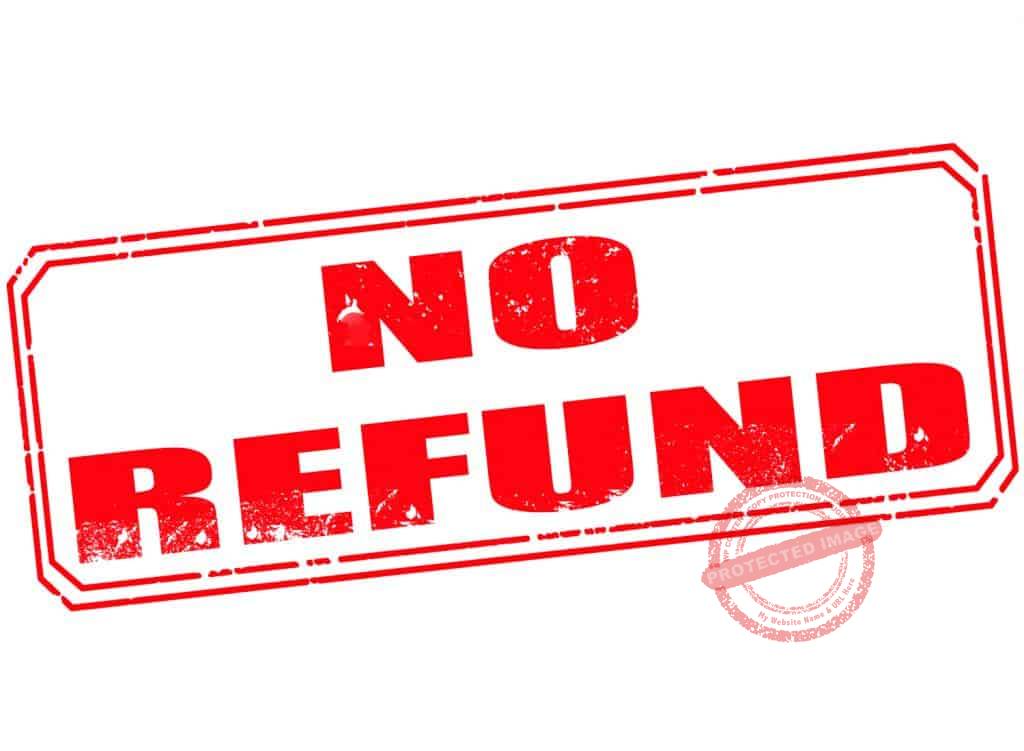
Tell customers what form the refund will take.
You have the option to give cash refunds or provide store credit.
You can choose which of the two to offer or you can decide on a case-by-case basis.
For instance, if a customer returns a product in good condition that you can resell, you could provide full refunds.
In other cases, you can offer in-store credit.
Whatever you do, what is important is that you are consistent.
it’s also important that you explain under what circumstances you’ll offer which option.
Disclose Fees And Other Costs
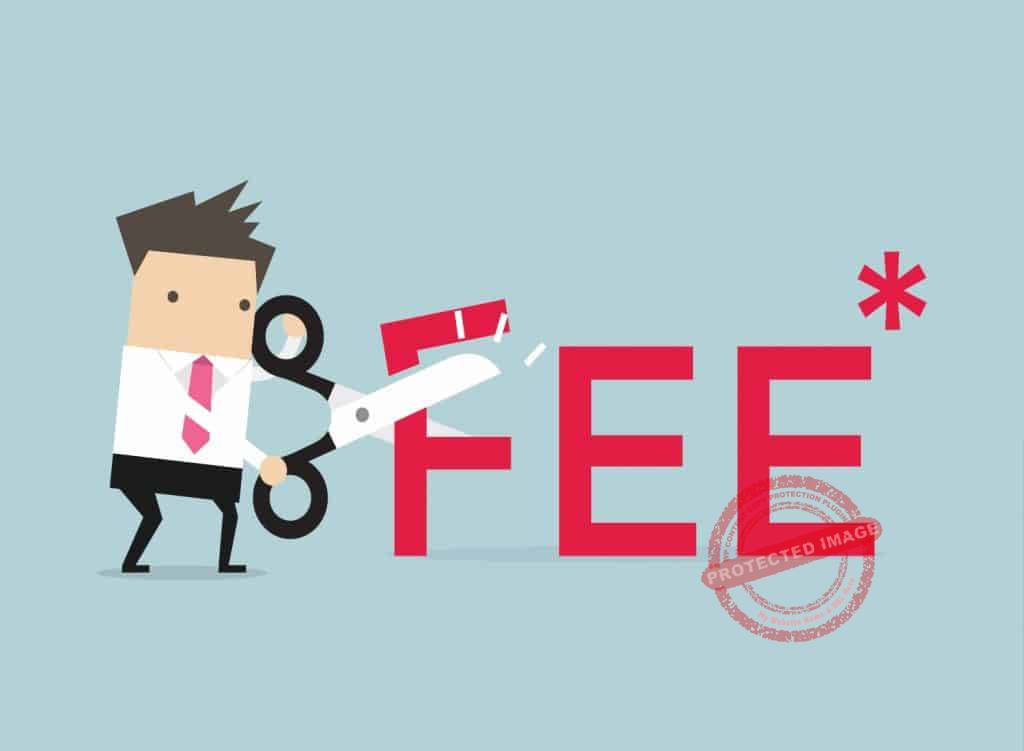
If the customer has to bear the cost of shipping back the product for a refund, you have to state this clearly in your policy.
State the time period for returns.
Your returns policy should tell customers how long they have to return a product.
You can set the period that you want.
However, the common regulatory standard return time frame is fifteen to thirty days.
List down your return requirements.
For instance, you may honor a return only if the item is returned unopened or opened but still in its original packaging.
You may also request that they provide the receipt or receipt number, and other information before processing the refund.
Whatever your requirements are, list them down in the policy.
To simplify the returns process, you can use an authorization system.
If you have approved a return, you can issue the customer an authorization number.
They will use it when returning the item.
This system will help you keep track of your returns.
It would also give you the data to compute a customer return rate.
Make It Concise
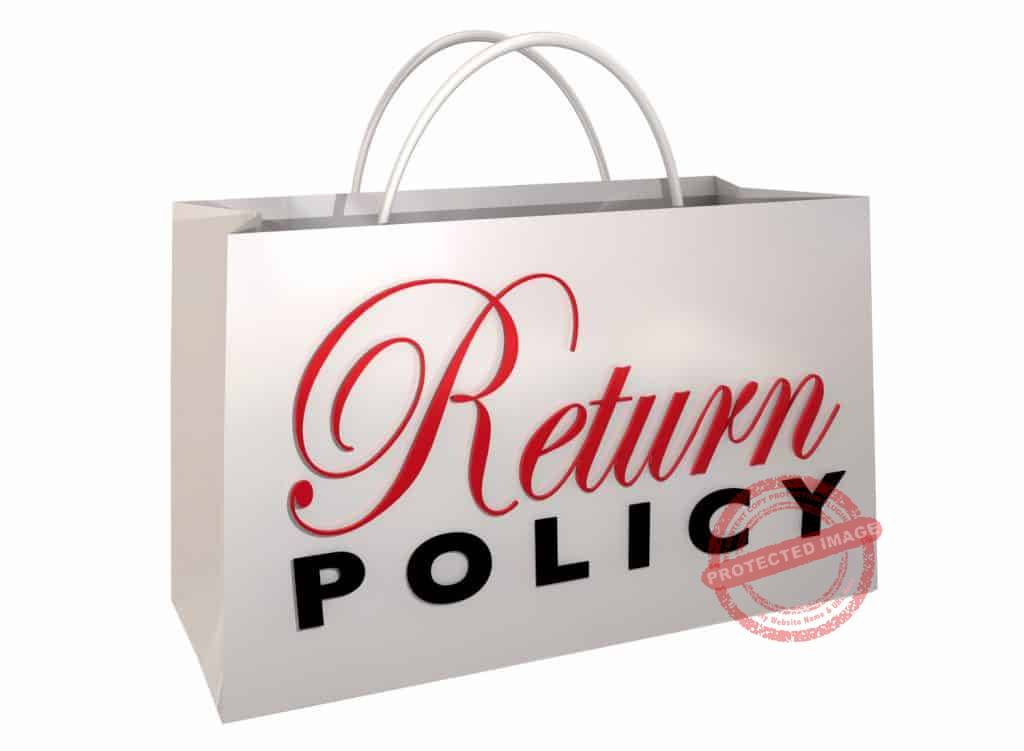
You should make your returns policy as short as possible so that it is easy for customers to read.
If possible, you should make it short enough that you can print it on your receipt.
Alternatively, you can create a “highlights” version of the policy that will appear on the receipt.
If customers want more detailed information, you can refer them to a longer version on your website.
If you have a physical store you can also post the returns policy in a prominent place where customers can read it.
Dealing with the Costs of Your Business Return Policy

One of the biggest issues small businesses have as regards how to handle returns and refunds are the drain these have on profits.
You could Have a liberal and generous returns policy.
This helps you build a customer base that is drawn to the ease of asking for refunds or returns.
But, the business then has to bear the costs of processing returns, which can be substantial.
Returns can account for a large percentage of your profits.
Some returned items that can be resold have to be repacked before they can be put back on shelves or reoffered for sale.
This takes a lot of time and effort and costs the business a lot of money.
In addition, there is also the cost of return abuse, which can be substantial.
The obvious solution to the problem of high returns costs would be to tighten returns policies.
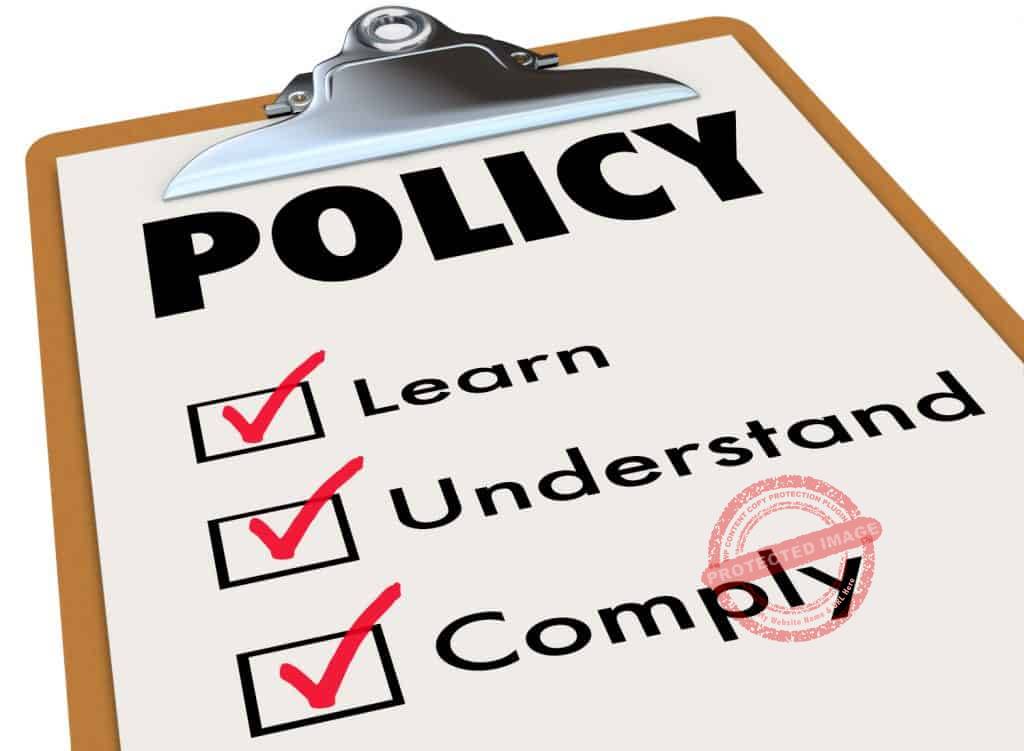
But, doing this can cause you to lose customers.
Let’s consider L.L. Bean company as a case study.
L.L. Bean was loved by customers for its “100% satisfaction guaranteed” returns policy.
This policy allowed customers to return an item at any time in its lifetime if it failed to live up to their expectations, with no questions asked.
However, customer abuse of the policy, which cost the retailer $50 million annually, forced them to change this policy.
These days, returns are limited to one year from the purchase date.
This controversial change resulted in tons of bad publicity for L.L. Bean.
Consequently, it led customers deciding that they would now shop elsewhere.
They felt that they were being unfairly penalized for the actions of a few dishonest shoppers.
So the question is, how to deal with returns fraud while still keeping legitimate customers happy with your returns policy?

There are two things to remember:
- Customers committing fraud makeup only a small percentage of the total customer base but can cost businesses a lot of money
- Studies found that customers who made legitimate returns contributed more to a company’s gross sales than those who never made a return
Hence, the challenge for the retailer is how to create a refund policy that makes it easy for legitimate customers to make returns.
You’ll also have to decide on imposing more stringent return requirements on those who abuse the policy.
One way to do so is by creating a segmented returns policy that is different for these two categories of customers.
For this to be successful, you have to identify abusive customers.
One way to do this is by computing their customer return rate.
Once you have identified customers who make excessive return or refund requests, you can impose a more restrictive policy on them.
For instance, the refund period should be shortened.
These customers should also be told that they would be assessed for restocking fees.
But what about managing refunds and replacement costs that are legitimate?

One way that you can reduce costs is by turning around returns in good condition quickly.
Check to see if a product can be resold.
Place it back in the supply chain as quickly as possible to resell.
Alternately, the company can choose to liquidate returned stock.
Even if the company has to sell these at reduced prices, it has at least reduced any losses it has to bear on returns.
You can also work with shipping companies to reduce the cost of shipping.
Free returns attract customers to your business, but can also cost you a lot.
Look for shipping solutions that allow you to manage these costs.
Do this so that they won’t impact your bottom line too much.
Conclusion On How Small Businesses Can Deal With Refunds

Knowing how to deal with refunds in your small business is a reality that you have to face as an entrepreneur.
In business, you can’t totally rule out the chances of customers wanting to return something they have purchased.
So it is up to you to create a returns policy that works for your customers as well as for you.
No matter what your policy is, provide clear guidance on customer returns.
This is so that the customer knows exactly what to expect.
Make the returns process simple and easy for your customers who genuinely need an exchange or refund on their purchases.
This would ensure that your customers will continue patronizing you.
Do keep these tips in mind.
They are guidelines for helping you create a more profitable customer refund policy.
Also, kindly check out other informative articles linked to this post.
Click on Buy Now For a PDF Version of This Blog Post
 |
